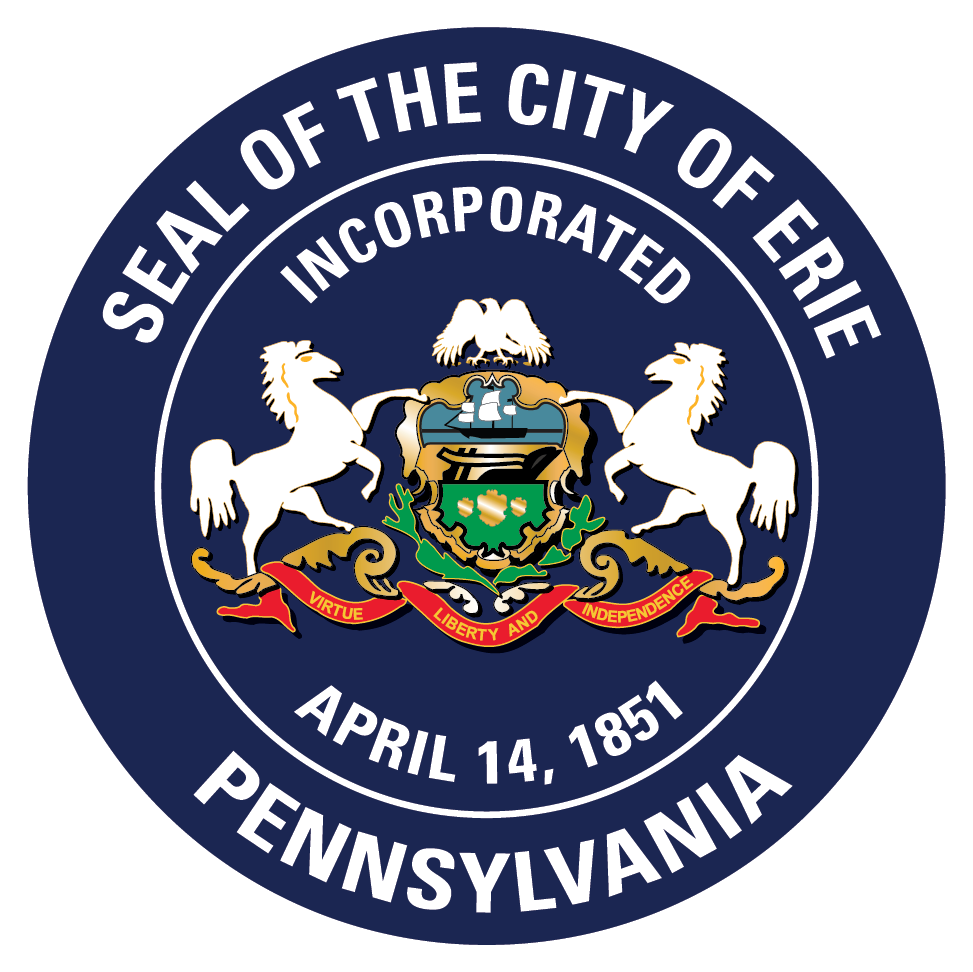Bureau of Sewers
If you are experiencing Sewer Problems call:
870-1350 Monday through Friday – 7:00 AM to 3:30 PM
870-1340 After hours, weekends and Holidays
To view the real-time overflow map, click here.
To view the Erie Sewer Authority and City of Erie EPA Annual Notification Reports, click here.
Wastewater Treatment Plant

The Erie Wastewater Treatment Plant is a secondary activated sludge treatment plant having the design capacity of 68.6 million gallons per day on 20 acres of land. It serves 200 thousand residents, averaging, under normal conditions, between 30 and 40 million gallons per day from the city and suburban sewer system, which is called the Municipal Flow. The areas served include City of Erie, Millcreek, Summit, Haborcreek, Wesleyville, Lawrence Park, and Fairview. It’s operated by a team of 80 to 85 employees in 3, 8 hours shifts on an operational yearly budget of 11.5 million.
The residential rate is determined on the actual flow used. The level of contamination or pollution in the water waste determines the Industrial rate.
Primary Treatment
Primary Treatment helps to remove solids in wastewater.


Secondary Treatment

Secondary treatment uses bacteria to clean wastewater even more. At the end of the secondary treatment, 85% to 95% (or more) of the pollutants have been removed.
Sludge Processing
Before Sludge is or disposed of, it must go through a series of treatments; thickening, stabilizing, and dewatering.


Clean Water

Most of the operations are computer controlled including incinerator, ORF (Overflow Retention Facility), primary pumping, and headworks (Bar screens and Grit chambers).


